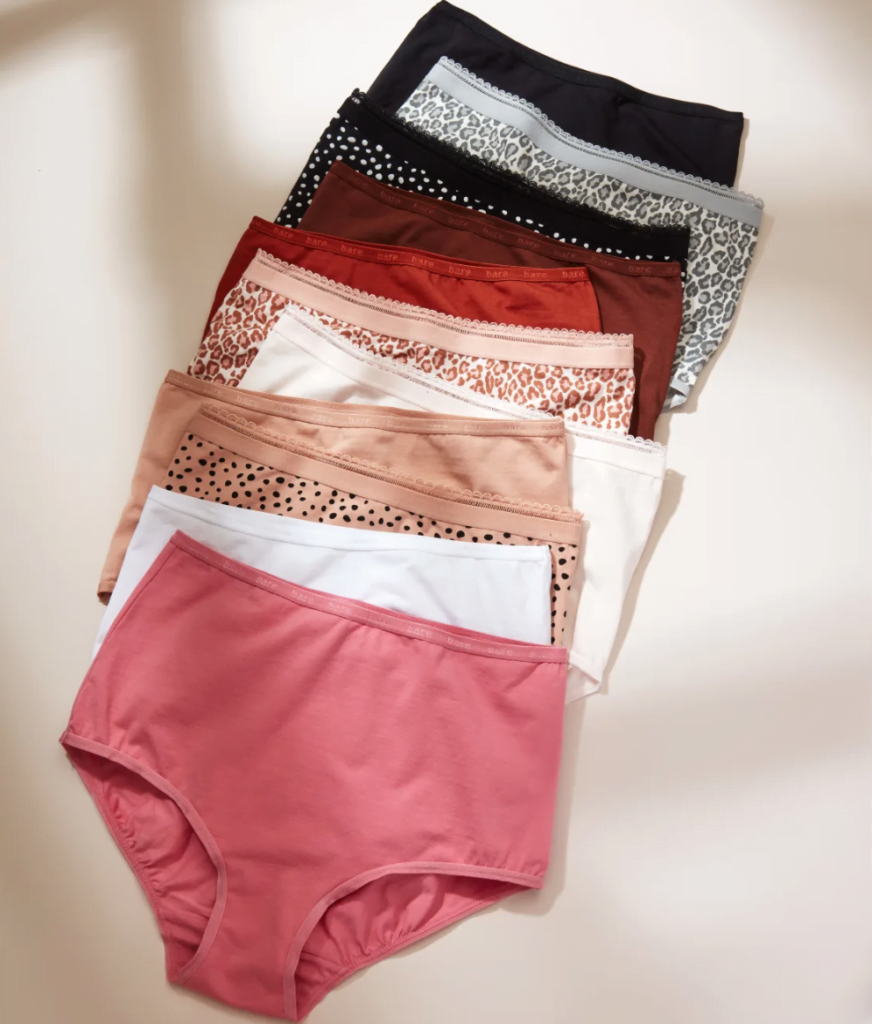Cotton and polyester are two distinct types of fabrics commonly used in the textile industry. Cotton is a natural fiber derived from the seedpod of the cotton plant, known for its breathability, absorbency, and comfort against the skin. In contrast, polyester is a synthetic fiber made from petroleum-based polymers, prized for its durability, resistance to wrinkles, and quick-drying properties. While cotton is favored for its softness and suitability in warm weather, polyester excels in terms of durability and easy maintenance. Both fabrics serve various purposes and can be blended to combine their unique qualities.

Cotton
Cotton is a soft, fluffy natural fiber that grows in protective cases, called bolls, around the seeds of cotton plants (genus Gossypium). The fiber is almost pure cellulose. Under natural conditions, the cotton bolls will increase the dispersal of the seeds.
Cotton is one of the most widely used and important natural fibers in the world. It has been cultivated and used for thousands of years, with evidence of cotton cultivation dating back to ancient civilizations in India, China, and the Americas.
The primary use of cotton is in the textile industry, where it is spun into yarn or thread and used to make a wide range of products, including clothing, bed sheets, towels, and more. Cotton is valued for its breathability, absorbency, and comfort, making it a popular choice for clothing in various climates.
Cotton is also used in non-textile applications, such as in the production of paper, as a filler in some plastics, and in medical products like bandages and swabs.

Benifits of cotton
Cotton is a widely used natural fiber with numerous benefits. Here are some of the advantages of cotton:
- Comfort and Softness: Cotton is known for its softness and comfort, making it a popular choice for clothing, bedding, and other textiles. It feels gentle against the skin and is breathable.
- Breathability: Cotton fibers allow air to pass through, making it a breathable fabric. This helps in regulating body temperature and reducing sweating, especially in warm climates.
- Hypoallergenic: Cotton is hypoallergenic, which means it’s unlikely to cause allergic reactions. It’s a safe choice for individuals with sensitive skin or allergies.
- Absorbency: Cotton can absorb a significant amount of moisture, which makes it an excellent choice for towels, washcloths, and other items used for personal hygiene.
- Durability: Cotton fibers are strong and durable, which means products made from cotton tend to last longer. This is especially important for items like clothing and home textiles that are subjected to regular use and washing.
- Versatility: Cotton is a versatile fiber that can be woven or knit into various fabrics, ranging from lightweight voile to heavy denim. This versatility makes it suitable for a wide range of applications, from clothing to household items.
- Easy to Dye: Cotton is easy to dye, which allows for a wide range of colors and patterns in clothing and other textiles.
- Biodegradable: Cotton is a natural fiber and is biodegradable. This means that, under the right conditions, it will break down over time and not contribute to environmental pollution.
- Renewable Resource: Cotton is a renewable resource, as it is grown from plants. As long as sustainable farming practices are followed, it can be continually produced.
- Economically Important: Cotton is a significant cash crop in many countries, providing livelihoods for millions of people involved in its production, processing, and distribution.
- Supports Rural Communities: Cotton farming often takes place in rural areas, providing employment opportunities and economic stability to these communities.
- Used in Various Industries: Cotton is not only used in the textile industry but also finds applications in the medical field (for bandages and swabs), automotive industry (for upholstery), and in the production of paper and food products.
Polyester
Polyester is a synthetic fiber made from a type of polymer called polyethylene terephthalate (PET). It is one of the most widely used synthetic fibers in the world due to its durability, versatility, and affordability. Here’s an overview of how polyester is made:
- Raw Materials:
- The primary raw material used in making polyester is petroleum, from which the basic building blocks of the polymer are derived.
- The main chemical used in polyester production is ethylene, which is obtained from petroleum.
- Polymerization:
- The first step in making polyester involves a chemical reaction called polymerization. This process combines ethylene glycol (a colorless, odorless liquid alcohol) and terephthalic acid (or dimethyl terephthalate), which are the two main monomers used in polyester production.
- The reaction produces a long chain of repeating units, creating a polymer known as polyethylene terephthalate (PET). This PET polymer forms the basis of polyester.
- Extrusion:
- The PET polymer is then melted and forced through tiny holes in a device called a spinneret to form long, continuous fibers. This process is known as extrusion.
- Drawing and Cooling:
- The extruded fibers are then cooled and stretched, a process known as drawing. This aligns the polymer chains and increases the strength and elasticity of the fibers.
- Cutting and Texturizing:
- After drawing, the fibers are cut into shorter lengths, which can then be spun into yarns.
- Depending on the desired final product, the yarns can undergo additional processes like texturizing to give them specific textures or appearances.
- Weaving or Knitting:
- The yarns are then woven or knitted together to create fabrics. These fabrics can be used for a wide range of applications, including clothing, upholstery, bedding, and more.
- Finishing:
- The finished polyester fabrics may go through various finishing processes depending on their intended use. This can include treatments to enhance qualities like softness, wrinkle-resistance, water repellency, or fire resistance.
It’s worth noting that polyester can also be blended with other fibers like cotton, wool, or nylon to combine the properties of different materials. These blends can offer unique combinations of comfort, durability, and performance.
Overall, polyester is valued for its durability, resistance to wrinkles and abrasion, and its ability to retain its shape and color over time. However, it’s important to be aware that polyester is derived from petroleum, which is a non-renewable resource, and its production has environmental impacts associated with the extraction and refining of crude oil.
Clothes
Cotton and polyester are two popular materials used for underwear, and they each have their own set of advantages and disadvantages. Here’s a comparison between the two:
Cotton Underwear:


- Breathability: Cotton is a natural fiber that is known for its breathability. It allows air to circulate around the body, which can help reduce moisture and sweat buildup. This can be particularly beneficial in hot and humid climates.
- Comfort: Many people find cotton underwear to be more comfortable, especially for everyday wear. It’s soft and tends to be gentle on the skin, making it a preferred choice for those with sensitive skin.
- Absorbency: Cotton is highly absorbent, which means it can help wick away moisture from the body. This can be particularly important for managing sweat and preventing discomfort.
- Hypoallergenic: Cotton is less likely to cause allergic reactions compared to synthetic materials like polyester.
- Biodegradable: Cotton is a natural, plant-based fiber, which means it is biodegradable and more environmentally friendly compared to synthetic materials.
Cotton is the preferred choice in the following scenarios:
- For garments that will experience infrequent wear and washing, typically once or twice a week, as cotton is more delicate.
- When engaging in screen printing, as ink adheres more effectively to cotton fabric.
- If you have sensitive skin, as cotton is hypoallergenic and tends to be gentler on the skin.
Polyester Underwear:
- Durability: Polyester is a synthetic material known for its durability. It tends to hold up well to frequent washing and wear and is less likely to shrink or lose its shape.
- Moisture-wicking: While polyester doesn’t breathe as well as cotton, it is excellent at wicking away moisture from the skin. This can be particularly beneficial for athletic activities or in situations where you’re likely to sweat a lot.
- Quick-drying: Polyester dries faster than cotton, which can be an advantage in situations where you need your underwear to dry quickly.
- Elasticity: Polyester is known for its elasticity, which means it can stretch and retain its shape better than cotton.
- Wrinkle Resistance: Polyester is less prone to wrinkling compared to cotton, which means it may look smoother and more wrinkle-free after washing.
When Should I Choose Polyester?
- When garments will be worn and washed several times a week – polyester is easy to care for and durable
- When you need safety gear – polyester does not fade
- When you need to look wrinkle and sweat free – polyester is a performance fabric
Examples: Uniform shirts for machine operators or custodians; golf shirts for tee times with clients; safety tees for road maintenance or lawn care workers
Sheets

Cotton sheets sleep cool, making them a great pick for hot sleepers and for during summer time as well as hot weather/climate.
Polyester sheets Traps heat and are better to use during winter months and cold climates.
Similarities
- Cotton and polyester sheets both come in a variety of fabric blends, thread counts, and quality levels. No matter what you’re looking for, you should be able to find a set that fits your needs.
- Both fabrics are machine washable. You can also throw any of these sheets in the dryer.
- Cotton and polyester sheets are both durable options.
Differences
- Cotton sheets sleep cooler than polyester sheets.
- Polyester sheets are less expensive than cotton sheets.
- Cotton sheets are made of natural fibers, while polyester sheets are made of synthetic fibers.
- Cotton sheets wrinkle more easily than polyester sheets.
Should I Get Polyester or Cotton Sheets?
So, which sheets are best for you? It depends on what you’re looking for! Take a look at a few of my recommendations below if you still need help deciding.
Choose Polyester Sheets If…
- You’re shopping on a budget.
- You’re looking for low-maintenance sheets that won’t wrinkle in the dryer.
- You want a durable sheet set that won’t shrink, fade, or wear out after just a few washes.
Choose Cotton Sheets If…
- You’re looking for a set of sheets that sleeps cool.
- You have sensitive skin or prefer natural fabrics.
- You’d like a set of sheets that feels softer over time.
Considerations:
- Personal Preference: The choice between cotton and polyester ultimately comes down to personal preference. Some people may prefer the feel of one material over the other.
- Activity Level: Consider your activities. If you’re engaging in intense physical activity, polyester’s moisture-wicking properties might be more beneficial. For everyday wear, cotton’s breathability and comfort may be preferred.
- Skin Sensitivity: If you have sensitive skin or allergies, cotton is generally considered a safer option.
- Environmental Impact: Cotton is a natural fiber and biodegradable, while polyester is a synthetic material derived from petroleum. If environmental concerns are important to you, consider the environmental impact of each material.
In the end, the “better” choice depends on your individual preferences, lifestyle, and any specific considerations you may have, such as skin sensitivity or environmental concerns. Some people even prefer blends of cotton and polyester to combine the benefits of both materials.
Comparison between Cotton and Polyester
Cotton:
- Breathability: Cotton is a natural fiber that is highly breathable. It allows air to circulate around the body, which helps to absorb and remove moisture from the skin. This makes cotton a good choice for warm or humid climates.
- Comfort: Many people find cotton to be comfortable to wear, especially in hot weather. It tends to feel soft and cool against the skin.
- Moisture Absorption: Cotton has a high moisture absorption capacity, which means it can absorb and retain a significant amount of sweat without feeling damp.
- Natural Fiber: Being a natural fiber, cotton is generally considered more environmentally friendly compared to synthetic fabrics like polyester.
- hypoallergenic properties, Due to its high hypoallergenic properties, cotton has long been a top preference in the healthcare arena.
- wear out faster loses it color and tends to look old faster
Polyester:
- Breathability: Polyester is a synthetic fabric made from petroleum-based materials. It is generally less breathable compared to natural fibers like cotton. It tends to trap heat and moisture against the skin.
- Wicking Properties: While polyester is not as breathable as cotton, it often has better moisture-wicking properties. This means it can draw moisture away from the skin and spread it across the surface of the fabric, allowing it to evaporate more quickly.
- Durability: Polyester is known for its durability and resistance to stretching, shrinking, and wrinkles. It tends to hold its shape well over time.
- Quick Drying: Because of its moisture-wicking properties, polyester tends to dry more quickly than cotton.
- Non-fade, doses not lose its color









